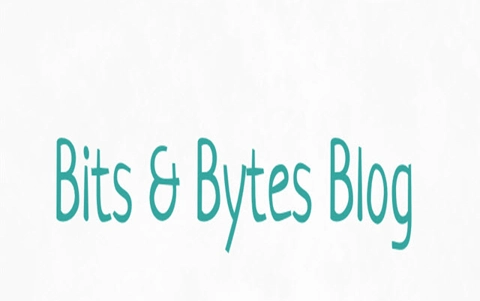What's The Difference Between ICT Capabilities & the Digital Technologies Learning Area?
The article describes examples across the primary school curriculum where students create digital solutions, this is used to convey a key difference between Digital Technologies and ICT capability.
Additional details
| Year band(s) | Foundation, 1-2, 3-4, 5-6 |
|---|---|
| Format | Web page |
| Keywords | ICT Capability, Digital Technologies, Australian Curriculum, CSER, Dr Rebecca Vivian, Digital solutions |
| Integrated, cross-curriculum, special needs | Digital Literacy |
| Organisation | The University of Adelaide |
| Copyright | Dr Rebecca Vivian. May be subject to Copyright Act statutory licence. |
Related resources
-

Teaching London Computing
Find activities for learning about Computer Science in fun ways on this site based on our underpinning Computer Science Education research.
-
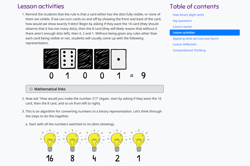
CS Unplugged: Binary numbers
Learn about binary numbers using Count the dots, and other downloadable offline activities.
-
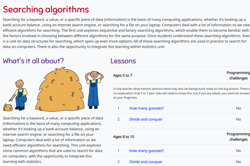
CS Unplugged: Searching Algorithms
Learn about Searching Algorithms using Battleships a downloadable offline activity.
-
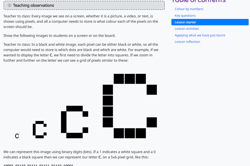
CS Unplugged: Image Representation - Colour by Numbers
Use these activities with your students to explore how computers store and transmit data to create a black and white image.
-
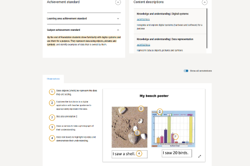
Work Samples
This site provides access to annotated work samples in accordance with the Australian curriculum for years F-10.
-
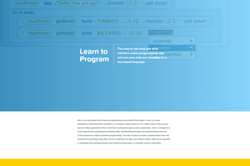
Alice
Alice is a FREE 3D programming environment that makes it easy to create an animation for storytelling, playing an interactive game, or a video to share on the web.
-

The Office of the eSafety Commissioner: Parent resources
Online safety resources for parents and carers.
-
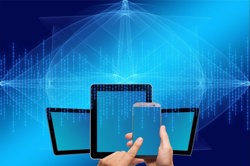
What is a digital system and how do digital systems help us? (Years Foundation)
Digital systems are all around us. Providing students with opportunities to understand what digital systems are and how people use them for different purposes is very important in the early years of schooling.
